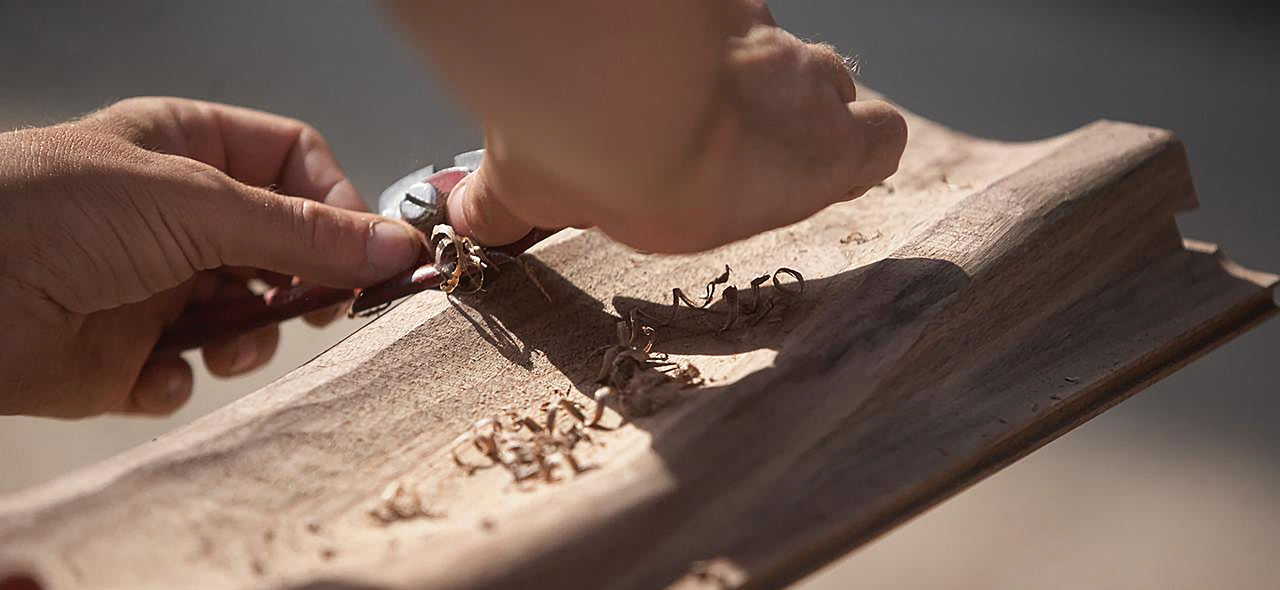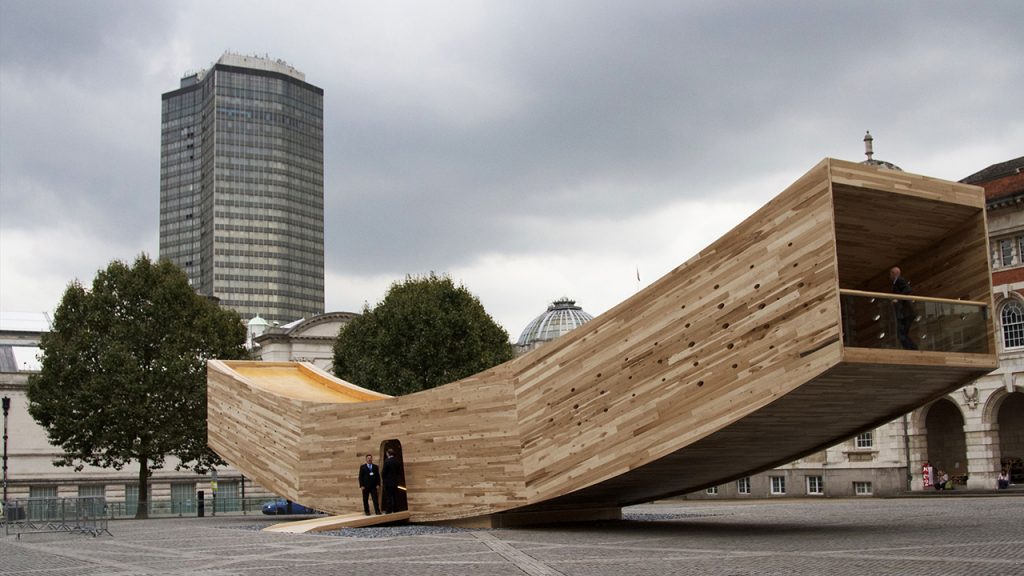
The environmental argument for using wood is a compelling one – the challenge we are dedicated to, is communicating it.
It is time for wood industries to step forward and challenge the status quo. Our experience shows that many architects and designers get it – they love using wood and they are determined to design sustainably, so for them it’s an easy decision to make. AHEC believe that wood industries and designers have to work together to convince policy makers and consumers, that using wood really is the right choice, if we want to achieve environmental excellence.
Furniture designer/maker Ben Fowler, of Fowler & co, gives his views on designers using a wider range of hardwood species within their practice.
The world has huge amounts of forest resources that regenerate prolifically and are under-utilised; the U.S. hardwood resource is a prime example. Hardwood forests in the USA alone cover an area equivalent to that of France, Spain and the UK. In the last fifty years the volume of standing trees in the hardwood forest has doubled and year on year, growth far exceeds harvest. Forests on this scale can regenerate very quickly.
In fact we have accurately calculated that it takes less than 2 seconds for the 13m3 of US hardwood logs harvested to manufacture all the ten of The Wish List projects, to be replaced by new growth.
Similarly, it takes less than five minutes for the 135m3 of tulipwood logs harvested to produce the CLT panels for The Smile (which stood in the Chelsea College of Arts in London in 2016), to be replenished by new growth.

The Smile, designed by Alison Brooks Architects, for London Design Festival in 2016.
Both these projects also demonstrate just how low the impact of processing wood is, compared to other materials. This is because the majority of wood processors today recycle their waste wood off cuts either into other products or for biomass, often in replace of fossil fuels. This “offsetting” explains why The Wish List stools in American cherry designed by architect Alison Brooks and designer Felix de Pass are actually carbon neutral. While the small leather seat for the red oak ladder for Richard and Ab Rogers designed with Xenia Mosley, was half the total carbon footprint of the product. The positive carbon contribution achieved through manufacturing doesn’t even take into account the fact that wood also stores carbon while it is in use.
The longer the life a wooden product has, the longer that carbon is sequestered, which is another compelling argument to consume more wood, especially if high quality durable materials can be used in combination with good timeless design.
The environmental argument for using wood is a compelling one – the challenge we are dedicated to, is communicating it.
It is time for wood industries to step forward and challenge the status quo. Our experience shows that many architects and designers get it – they love using wood and they are determined to design sustainably, so for them it’s an easy decision to make. AHEC believe that wood industries and designers have to work together to convince policy makers and consumers, that using wood really is the right choice, if we want to achieve environmental excellence.
13th April, 2018